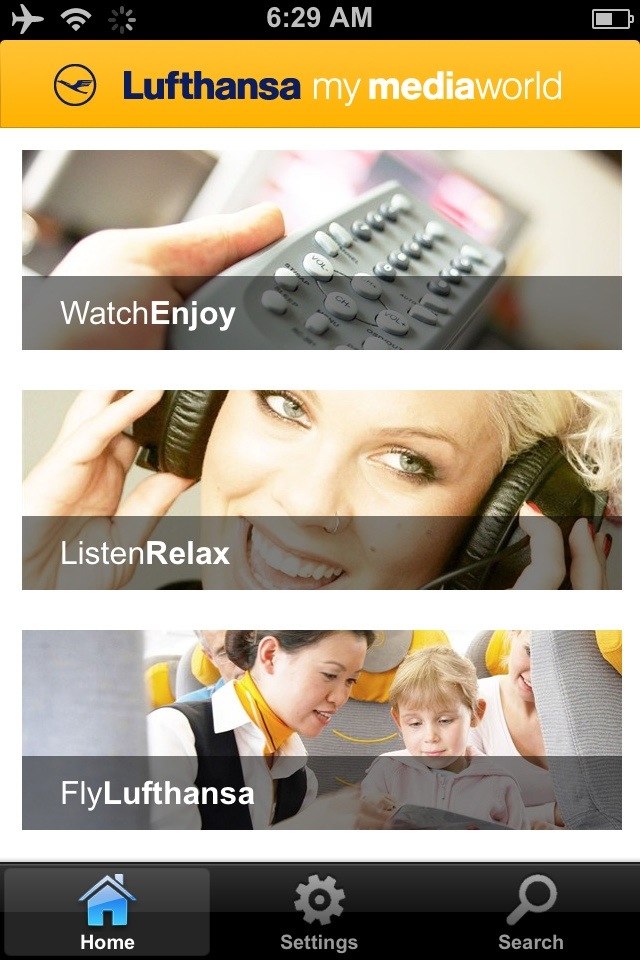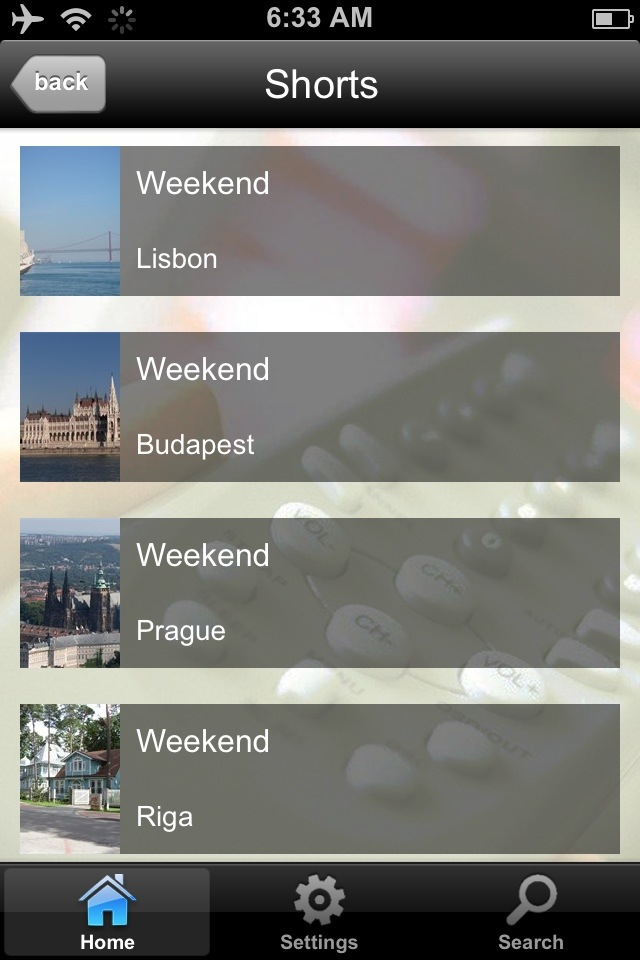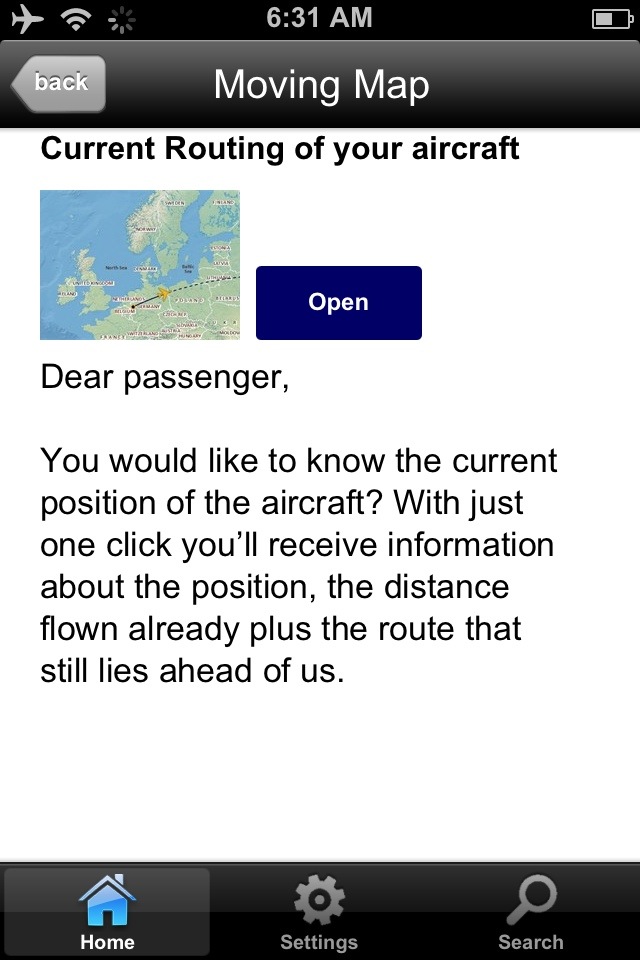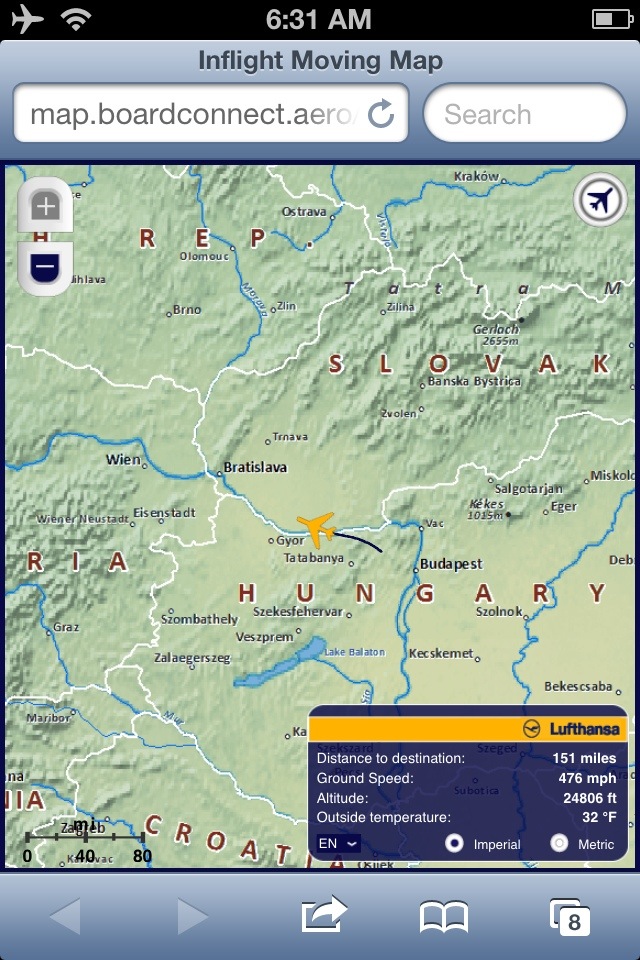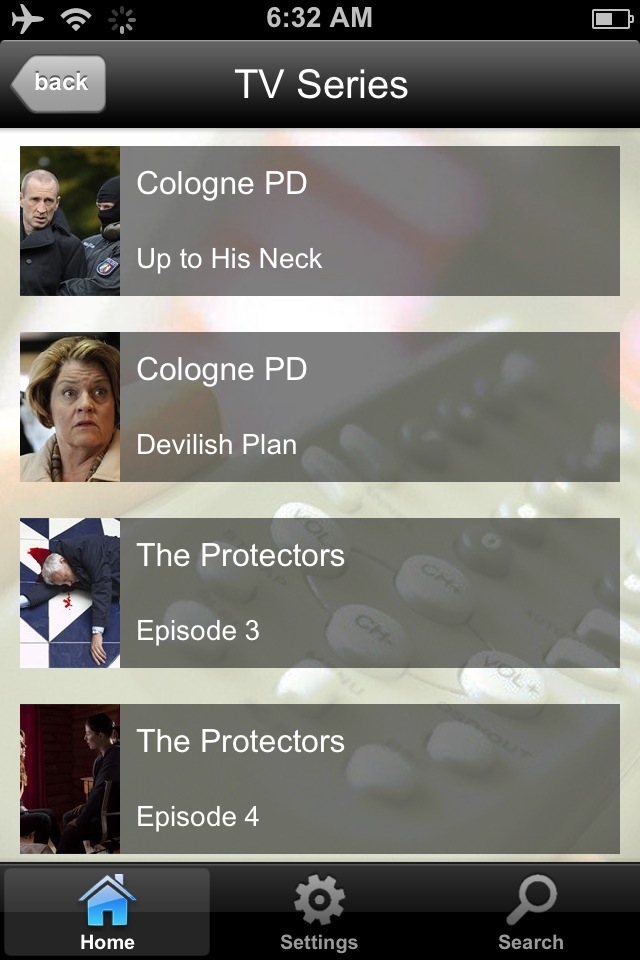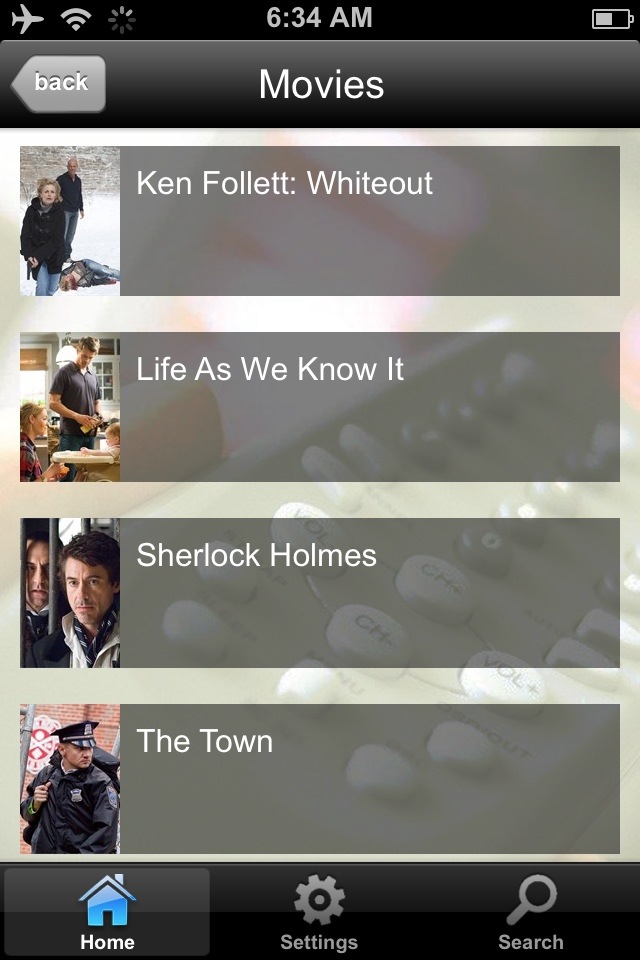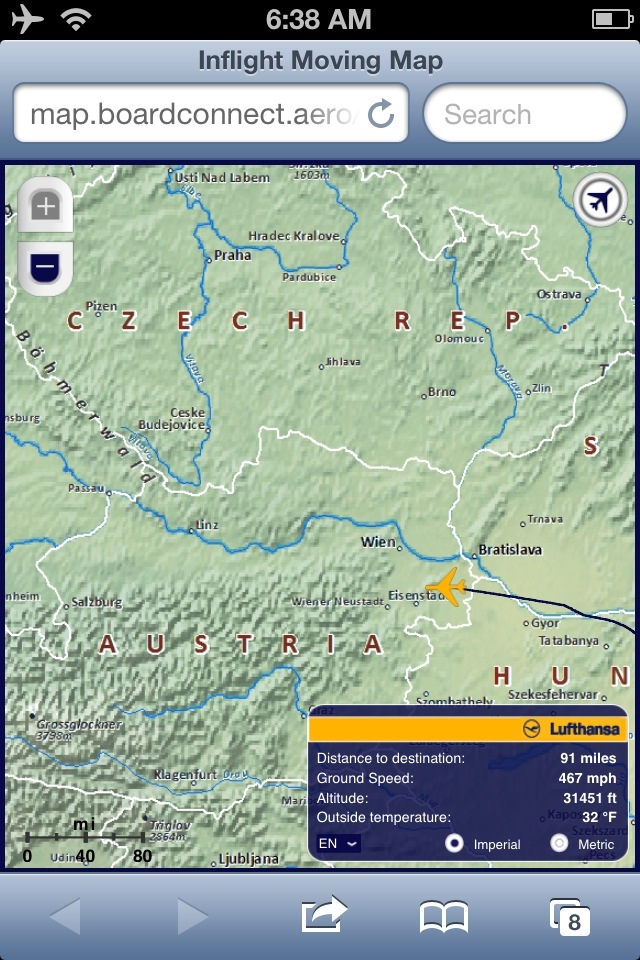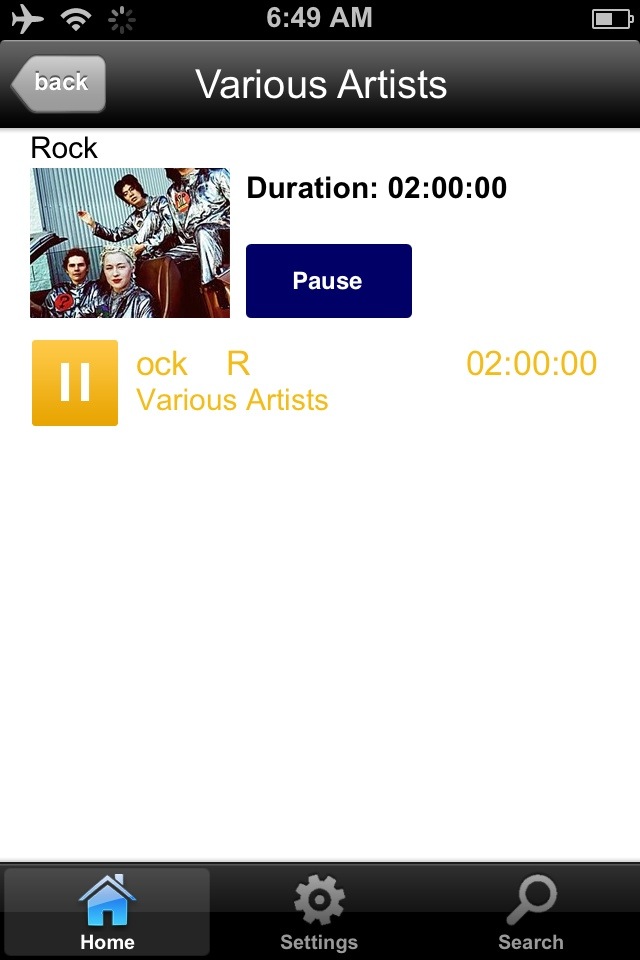I am a sucker for this kind of, in Jeopardy terms, potpourri. Priceonomics has a short piece on why UPS trucks do not make left turns. The most telling part:
UPS engineers found that left-hand turns were a major drag on efficiency. Turning against traffic resulted in long waits in left-hand turn lanes that wasted time and fuel, and it also led to a disproportionate number of accidents.
UPS even has a page describing the practice of no left turns and they expand on the above idea.
What we found: A significant cause of idling time resulted from drivers making left turns, essentially going against the flow of traffic. From there we explored routes where these turns were cut out entirely, and then compared data.
The use of data to make a decision that goes against logic is what I love. UPS leadership was experimental enough to say “we are going to implement this and see if it works” and then study the results from that test. There are a number of very large companies that I have worked with that would immediately balk at this idea. They almost go through stages of grief (sans depression) with ideas like this.
- Denial – the companies claim the data is wrong or that it is flawed
- Anger – the workers who are responsible for causing the data become upset that someone found out about their poor work habits
- Bargaining – to get out of making a change, people start tossing out different ideas, none of them good
- Acceptance – “I guess we’ll just have to do it”
Then there are the companies who do the complete opposite. They implement a terrible idea based on bad data, or their understanding and interpretation of good data, and it blows up in their face. Once that happens, they become very adverse to ever trying a new idea again. We need new ideas backed by data and I think it’s awesome that UPS took their data and made some interesting choices that have paid off.


